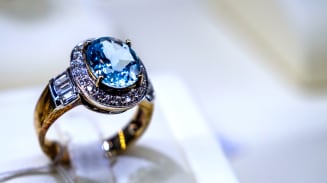To grow and innovate, any business — whether a luxury brand or high street retailer — needs access to capital and
liquidity. Whether looking to expand in new markets, new geographies, or take advantage of the growing role of
technology, like virtual and
augmented reality in the customer journey, a business will need to invest and understand how best to facilitate that
investment. It’s an area where mergers and acquisitions (M&A) play a key role, and increasingly where the
understanding of the intangible value of a brand can also help to fund investments.
Private Capital Attraction
The luxury goods sector, like retail, was severely disrupted by the pandemic. However, the industry’s rebound has
been strong, powered by organic growth and private capital viewing luxury brands as a solid long-term investment.
This is particularly true in the areas of apparel, cosmetics and fragrances. It’s about hands-on support from the
private investor universe — allowing companies to expand geographically, exploit new markets, launch digital
campaigns and support management teams with operational enhancements — as much as it is about accessing cash.
The supply chain has become a key area of focus as brands look to eliminate supply chain risk. Recent deals in the
luxury space include LVMH buying a stake in tannery Heng Long Italy and Chanel investing in Italian knitwear company
Paima.1 These examples demonstrate existing opportunities to put capital and innovation into the overall supply chain
and change how luxury brands bring their products to market.






























































































































































































































































































































































